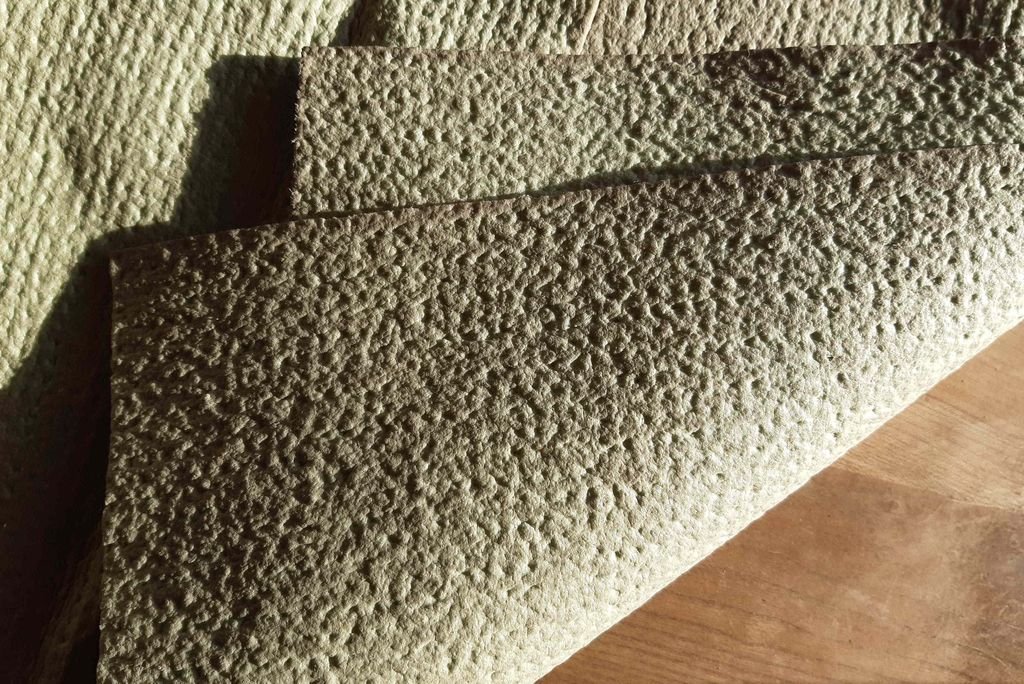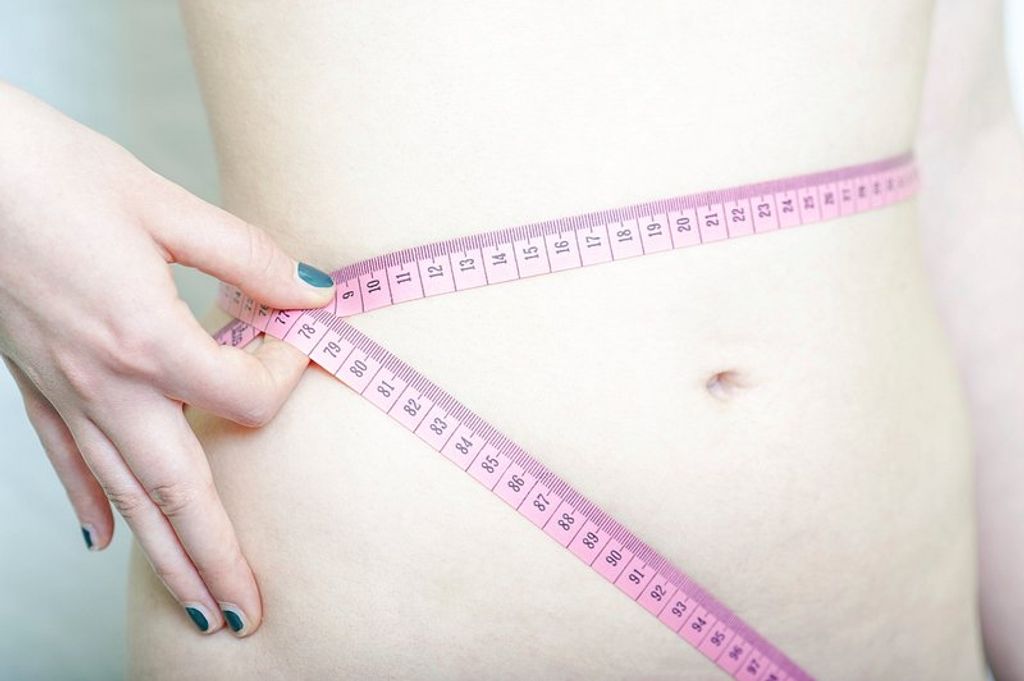
Best Non Slip Yoga Mat Options for Your Practice
When it comes to practicing yoga, having a non-slip yoga mat is essential for maintaining stability and safety during your practice. With various materials, thickness, texture, and eco-friendly options available, choosing the right non-slip yoga mat can greatly enhance your yoga experience. In this article, we will explore the best non-slip yoga mat options to help you make an informed decision for your practice.
Key Takeaways
- Choose a natural rubber mat for excellent grip and sustainability.
- Consider the thickness and density of the mat for stability and comfort.
- Texture and grip features such as open-cell texture and sweat absorption are important for non-slip performance.
- Look for eco-friendly options such as biodegradable and recyclable materials for a sustainable choice.
- Grip patterns on the mat can enhance stability and prevent slipping during yoga practice.
Choosing the Right Material for Non Slip Yoga Mats
Natural Rubber Mats
When considering non slip yoga mats, natural rubber stands out as a popular choice due to its excellent grip and sustainable properties. Natural rubber mats provide a firm and stable base for your practice, ensuring a secure foundation for various yoga poses. Additionally, natural rubber mats are known for their durability and eco-friendly composition, making them a top choice for environmentally conscious yogis. Here's a brief comparison of natural rubber mats:
Polyurethane Mats
Polyurethane (PU) mats are known for their superior properties of anti-wrinkle, frosted, anti-slip, breathability, and water-absorption, even if there is sweat and water during exercise. These mats provide excellent grip and stability, making them a popular choice for practitioners who prioritize slip resistance and comfort. When comparing different yoga mat materials, it's important to consider the unique benefits of PU mats, such as their durability and eco-friendly features. Here's a comparison of key features of PU mats with other popular materials:
Microfiber Mats
Microfiber mats are known for their excellent grip and soft texture, making them a popular choice for yogis who prioritize comfort and stability. The microfiber material provides a luxurious feel and is highly absorbent, making it ideal for hot yoga sessions. Additionally, microfiber mats are lightweight and easy to clean, making them a convenient option for yogis on the go. When considering a microfiber mat, it's important to note that they may require more frequent cleaning due to their absorbent nature.
Thickness and Density Considerations
Impact on Stability
When it comes to stability, the density of the yoga mat plays a crucial role. Mats with higher density provide better stability and support during challenging poses. Additionally, thickness is an important factor to consider. A thicker mat can offer more cushioning and joint support, but it may compromise stability for certain balance poses. Finding the right balance between density and thickness is essential for a stable and comfortable practice.
Impact on Comfort
While a thicker yoga mat might seem like the most comfortable option, it's important to strike a balance between cushioning and stability. A mat that's too thick can make it difficult to feel a solid connection with the floor, which is crucial for balance poses.
When considering comfort, think about the types of yoga you practice. For restorative or Yin yoga, a thicker mat can provide the necessary support for longer-held poses. However, for more dynamic practices like Vinyasa or Ashtanga, a denser, thinner mat may be preferable to facilitate easier transitions between poses.
Yoga Mat Thickness and Comfort
- 1/8 inch (3mm): Standard thickness, provides a good balance for most practices.
- 1/4 inch (6mm): Offers extra cushioning, suitable for therapeutic practices.
- 1/2 inch (12mm): May be too soft for yoga, often used for Pilates or fitness.
Tip: Always test a mat's comfort by trying a few poses on it before making a purchase. Personal preference plays a significant role in what thickness works best for you.
Durability
When considering the durability of a non slip yoga mat, it's important to look for materials that can withstand regular use and maintain their non-slip properties over time. Natural rubber mats are known for their exceptional durability, making them a reliable choice for long-term use. Polyurethane mats also offer good durability, while microfiber mats may require more frequent replacement due to their delicate nature.
For a quick comparison of the durability of different materials, refer to the table below:
| Material | Durability Rating |
|---|---|
| Natural Rubber | High |
| Polyurethane | Medium |
| Microfiber | Low |
It's important to note that the durability of a yoga mat is also influenced by how it is cared for and maintained. Regular cleaning and proper storage can significantly extend the lifespan of the mat.
When it comes to durability, a key tip is to avoid exposing the mat to harsh chemicals or direct sunlight, as these can degrade the material and reduce its non-slip effectiveness.
Texture and Grip Features
Open-Cell vs. Closed-Cell Texture
When considering the texture of non slip yoga mats, it's important to understand the difference between open-cell and closed-cell designs. Open-cell mats offer excellent grip and are ideal for hot yoga or high-sweat practices. On the other hand, closed-cell mats provide superior durability and are easier to clean, making them suitable for outdoor use or travel. Here's a comparison of the two textures:
| Texture Type | Grip Level | Durability |
|---|---|---|
| Open-Cell | High | Moderate |
| Closed-Cell | Moderate | High |
It's important to choose the texture that aligns with your specific yoga practice and lifestyle. For those who prioritize grip and traction, an open-cell texture may be the preferred choice. Conversely, practitioners seeking a durable and low-maintenance option may find closed-cell mats more suitable.
Tip: Consider the environment in which you'll be practicing. If you're frequently outdoors or in high-sweat conditions, the grip of an open-cell mat may be advantageous. However, if you value longevity and ease of cleaning, a closed-cell mat could be the better option for your needs.
Grip Patterns
The grip pattern on a yoga mat is crucial for maintaining stability and preventing slips during practice. Grip patterns vary widely, with some mats featuring geometric shapes, lines, or more organic designs that are both functional and aesthetically pleasing. These patterns are not just for show; they are engineered to provide traction and help yogis hold poses even when sweating.
Consider the following when choosing a grip pattern:
- The complexity of the pattern: More intricate designs may offer better grip but can be harder to clean.
- The depth of the grooves: Deeper grooves can enhance grip but may collect more dirt and sweat.
- Personal preference: Some practitioners prefer a subtle grip that doesn't interfere with the feel of the mat, while others want a pronounced texture for extra security.
Remember, the best grip pattern is one that matches your practice style and comfort level, ensuring a safe and enjoyable yoga experience.
Sweat Absorption
For yogis who engage in intense practices like hot yoga or who naturally perspire more, sweat absorption is a critical feature of a non-slip yoga mat. A mat with good sweat absorption will maintain grip even as moisture levels increase, preventing slips and ensuring a stable practice.
Microfiber mats are particularly known for their high absorbency, making them an excellent choice for those who prioritize this feature. However, it's important to consider that while absorbency aids in grip, it also necessitates more frequent cleaning to prevent odors and bacteria buildup.
Tip: Look for mats that are easy to clean and designed with moisture-wicking properties to combine comfort with hygiene.
The following list outlines the benefits of mats with good sweat absorption:
- Enhanced safety during practice
- Improved grip and stability
- Reduced distractions from slipping
- Easier maintenance of poses
- Increased longevity of the mat with proper care
Eco-Friendly and Sustainable Options
Biodegradable Materials
In the quest for an eco-conscious practice, biodegradable materials are at the forefront of sustainable yoga mats. These mats are typically made from natural, renewable resources such as natural rubber or jute, and are designed to decompose naturally over time, reducing the environmental impact.
Biodegradability does not compromise the quality of your mat. In fact, natural materials often provide excellent non-slip properties and a comfortable texture. However, it is important to consider the lifespan of these products, as they may wear out faster than synthetic alternatives.
Remember: The rate of biodegradation can vary based on environmental conditions, so proper care is essential to extend the life of your mat.
Here's a quick look at some of the benefits of biodegradable yoga mats:
- Reduced environmental footprint: They break down naturally without leaving harmful residues.
- Enhanced connection with nature: Practicing on a mat made from earth-friendly materials can enhance the spiritual aspect of yoga.
- Health benefits: Using a mat free from toxins can contribute to a healthier practice environment.
Recyclable Mats
When considering recyclable mats, it's important to prioritize sustainability and environmental impact. Look for mats made from recycled materials and produced using eco-friendly practices. Additionally, check for certifications or labels that indicate the mat's environmental credentials. Remember, choosing a recyclable mat is a small but impactful step towards reducing your carbon footprint.
Sustainable Production Practices
When considering eco-friendly and sustainable options for yoga mats, it's important to prioritize materials that have minimal environmental impact. Look for mats made from biodegradable or recyclable materials, as these contribute to reducing waste and promoting sustainability. Additionally, choosing mats from manufacturers that follow sustainable production practices is crucial for supporting environmentally responsible businesses. It's also beneficial to consider the end-of-life disposal options for the mat, ensuring it can be disposed of in an environmentally friendly manner. When making your decision, keep in mind the impact of your choice on the environment and the overall sustainability of your yoga practice.
Conclusion
In conclusion, finding the best non-slip yoga mat for your practice is essential for a safe and effective workout. With a wide range of options available, it's important to consider your specific needs and preferences. Whether you prioritize comfort, durability, or eco-friendliness, there is a non-slip yoga mat that meets your requirements. By investing in a high-quality mat, you can enhance your yoga practice and focus on achieving balance and stability in every pose.
Frequently Asked Questions
How do I clean a non slip yoga mat?
You can clean a non slip yoga mat by using a gentle soap and water solution. Avoid using harsh chemicals or abrasive scrubbing tools that may damage the mat's surface.
Are non slip yoga mats suitable for hot yoga practice?
Yes, non slip yoga mats are designed to provide a secure grip even during hot and sweaty yoga sessions. Look for mats with sweat-absorbing features for added stability.
Can I use a non slip yoga mat for other types of exercise?
Non slip yoga mats are versatile and can be used for various types of exercises, such as Pilates, stretching, and floor workouts. They offer stability and support for different fitness activities.
Do non slip yoga mats have a strong odor?
High-quality non slip yoga mats are made with odor-free materials. However, some new mats may have a slight rubbery smell that dissipates over time with proper airing and use.
How do I maintain the non slip grip of my yoga mat?
To maintain the non slip grip of your yoga mat, wipe it down with a damp cloth after each use to remove sweat and dirt. Additionally, avoid using lotions or oils on your hands and feet before practice.
Are non slip yoga mats travel-friendly?
Many non slip yoga mats are lightweight and portable, making them ideal for travel. Look for mats that are easy to roll up and carry, providing a non slip surface wherever you go.


